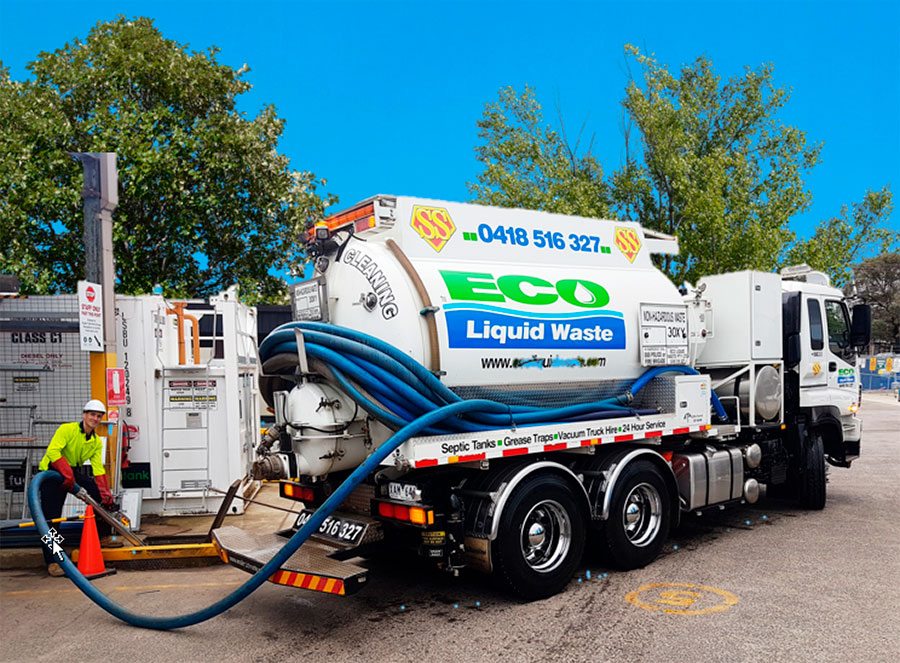Getting My Reclaim Waste To Work
Getting My Reclaim Waste To Work
Blog Article
What Does Reclaim Waste Mean?
Table of Contents7 Simple Techniques For Reclaim WasteFascination About Reclaim WasteThings about Reclaim WasteAn Unbiased View of Reclaim WasteReclaim Waste Can Be Fun For Everyone
Domestic sewage waste refers to the waste and products from a household septic tank. The appropriate administration and disposal of residential sewer waste require fluid waste to be transferred to a sewer therapy plant where the proper methods and tools are used to purify and dispose of waste.
Business waste frequently includes possible hazards, such as flammable materials or a combination of liquid and solid waste items, and needs an advanced and in-depth disposal procedure. The disposal of commercial waste typically involves the filtering of waste before transport to make sure safe and correct disposal. Industrial waste is produced from byproducts and overflow of industrial procedures and manufacturing.
This type of waste can not utilize the same sewage management transportation or processes as septic or commercial fluids. The commercial waste administration procedure needs the evaluation and screening of liquid waste prior to it undergoes the disposal process (liquid waste removal melbourne). Overflow waste is the fluid waste that comes from overflow and excess stormwater in extremely booming locations or cities
Runoff waste can create contamination and flooding otherwise taken care of appropriately. Discover more concerning sewer cleaning and waste management. Guaranteeing proper waste monitoring can protect against catastrophes and reduce environmental damage. Both individuals in household settings and experts in commercial or manufacturing markets can profit from understanding the procedures and guidelines of fluid waste monitoring.
Reclaim Waste Can Be Fun For Everyone
Call PROS Providers today to learn more about our waste management and disposal services and the appropriate ways to care for the liquid waste you create.
(https://sitereport.netcraft.com/?url=https://reclaimwaste.com.au)Do you recognize what occurs to your water when you pull the plug, purge the toilet or drain the washing device? No? Well, it's worth understanding. This so-called 'wastewater' is not just a crucial source yet, after therapy, will certainly be launched to our land, rivers or the ocean. Made use of water from commodes, showers, bathrooms, cooking area sinks, washings and industrial procedures is recognized as wastewater.

water made use of to cool down equipment or tidy plant and tools). Stormwater, a type of wastewater, is runoff that moves from farming and city areas such as roof coverings, parks, yards, roads, courses and rain gutters into stormwater drains pipes, after rainfall. Stormwater streams untreated straight to local creeks or rivers, ultimately getting to the ocean.
The Definitive Guide for Reclaim Waste
In Queensland, most wastewater is treated at sewage therapy plants. Wastewater is transferred from domestic or commercial sites via a system of sewage systems and pump stations, referred to as sewerage reticulation, to a sewer therapy plant. City governments develop, preserve and operate most sewer therapy plants. Operators are certified under the Environmental Defense Act 1994 to release cured wastewater at an appropriate ecological criterion into rivers.
The Department of Natural Resources encourages city governments about managing, operating and preserving sewage systems and treatment plants. In unsewered areas, local federal governments might require householders to mount private or home sewage therapy systems to treat residential wastewater from bathrooms, kitchen areas, restrooms and laundries. The Department of Natural Resources authorizes making use of family systems when they are shown to be effective.
In some new subdivisions, therapy of some stormwater to eliminate clutter, sand and gravel has actually begun making use of gross contaminant catches. Wastewater therapy takes place in four phases: Eliminates strong matter.
Wastewater after that flows right into huge tanks where solids resolve and are gotten rid of as sludge. Grease and scum are skimmed from the surface area. Uses little living microorganisms knows as micro-organisms to break down and remove continuing to be liquified wastes and great fragments. Micro-organisms and wastes are integrated in the sludge. Gets rid of nitrogen and phosphorus nutrients that might cause algal blooms in our rivers and threaten aquatic life.
More About Reclaim Waste
Nutrient removal is not available at all sewage treatment plants because it requires expensive specialised equipment. Clear liquid effluent generated after therapy may still include find here disease-causing micro-organisms - liquid waste removal.

Most wastewater flows into the sewerage system. Under the Act, local federal governments administer authorizations and licences for eco relevant tasks (ERAs) entailing wastewater releases that could have a regional impact.
Reclaim Waste - Truths
Or else, samples are taken for lab evaluation. Often numerous examinations are required to develop the degrees of each of the various toxins such as oils, heavy metals and pesticides in water. Tracking supplies valid information about water high quality and can validate that licence conditions are being met. The info gotten via monitoring provides the basis for making water quality decisions.
Report this page